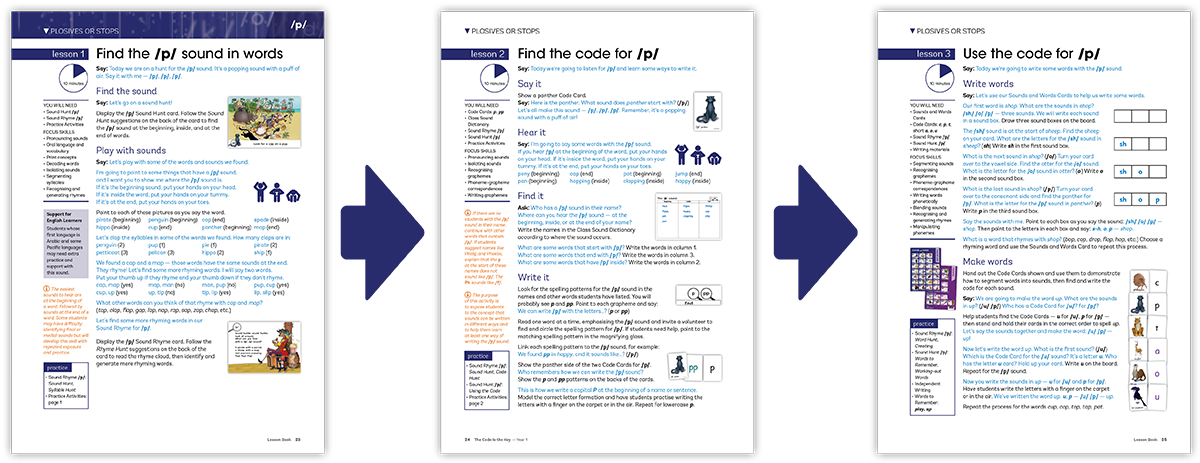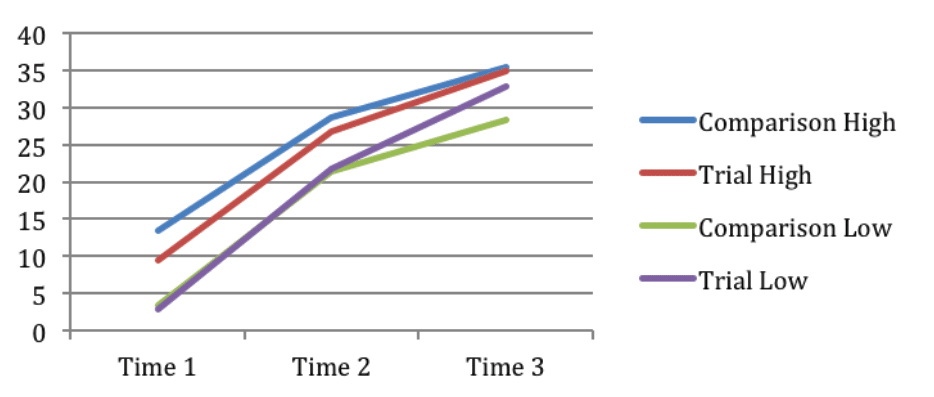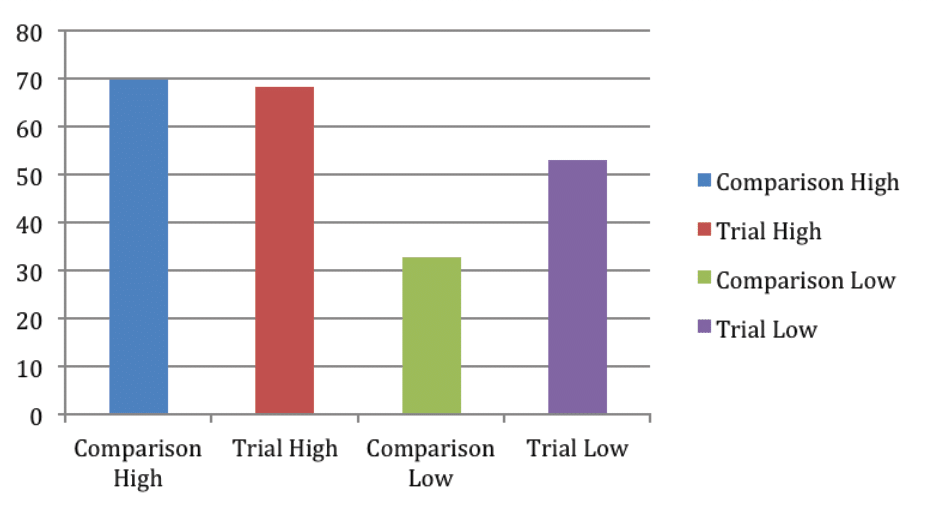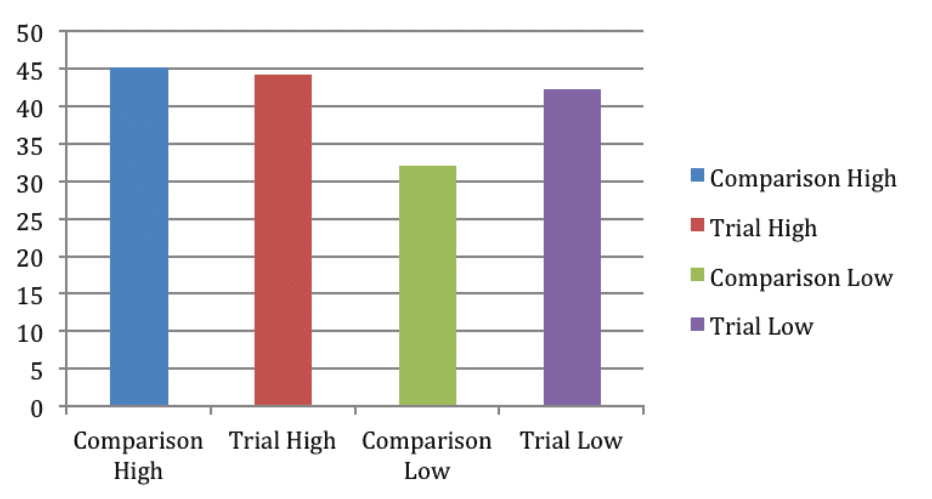Your cart is empty.
Visit the store to add items to your cart.
A fresh approach to teaching literacy—using words students already know to reveal the code of written language.

In The Code Is the Key, for Year 1, students start with familiar words from their oral language to learn the sounds and letters that make up written language.
By focusing on words they know—such as their own names—students isolate and pronounce sounds, then connect these sounds to their corresponding letters or letter combinations. This evidence-proven aproach builds on what students already know, making it easier to grasp the alphabetic code and eliminating the need for rote memorization.
By starting from their spoken language, students understand how sounds connect to letters, allowing them to write any word they know and pronounce any word they read. This rapidly accelerates their reading and writing skills.
Inclusive Learning
An evidence-proven approach that includes all students, even those with limited English, by using their existing language as the foundation.
Discovery-Based Learning
Transforming literacy learning into an exciting journey of discovery, The Code Is the Key encourages students to actively explore language, sparking their curiosity and engagement.

Lesson 1
Students find the sound in the Sound Hunt card, then play with sounds using the words they found and the Sound Rhymes card, building a variety of visual discrimination, oral language, and phonological awareness skills.
Lesson 2
Using a consistent say it, hear it, find it, write it routine, students learn to pronounce the sound, listen for it in different positions, generate names and other words that contain the sound, and discover how the sound is written in those words.
Lesson 3
Students use Elkonin boxes and the Sounds and Words Cards to segment words into sounds and match sounds to graphemes. Then they work together to make words using the Code Cards.
Every The Code Is the Key Year 1 kit includes a Teacher Lesson Book with teacher notes, additional support for English learners, and activities reinforcing each sound learned. The kit's interactive resources simplify lesson planning and boost student engagement.
Included Resources:




Backed by Research, Proven in Classrooms
After one year at school using the speech-to-sound-to-print approach, students in the Trial group outperformed students in the Comparison group.
School entry assessments showed that students in the high-decile Comparison group started school with significantly more early literacy knowledge than all of the other groups of students.
Students in the low decile groups started school with the same profiles as each other, and both had less knowledge than the high-decile groups.
Students in the high-decile Trial group had caught up and in some areas, passed students in the high-decile Comparison group
Students in the low decile Trial group moved at a faster rate than students in the low-decile Comparison group and were beginning to catch up to the high-decile peers.
Throughout the extended study, the same pattern emerged. The evidence showed that regardless of ethnicity, socioeconomic status, or prior knowledge, this approach levelled the playing field and accelerated achievement for all students.
Throughout the extended study, the same pattern emerged. The evidence showed that regardless of ethnicity, socioeconomic status, or prior knowledge, this approach levelled the playing field and accelerated achievement for all students.
The Code Is the Key Year 2 resource includes Elevate & Evaluate, a comprehensive professional learning guide for literacy teachers. The guide emphasises the importance of teaching the foundations for literacy and offers a range of reliable and valid assessment tools.
Professional Learning for Teachers:
From Familiar Sounds to Fluent Readers and Writers,
with The Code Is the Key, students quickly learn that they can write any word they speak and
decode new words they encounter in text.
A realisation that empowers and builds equity.